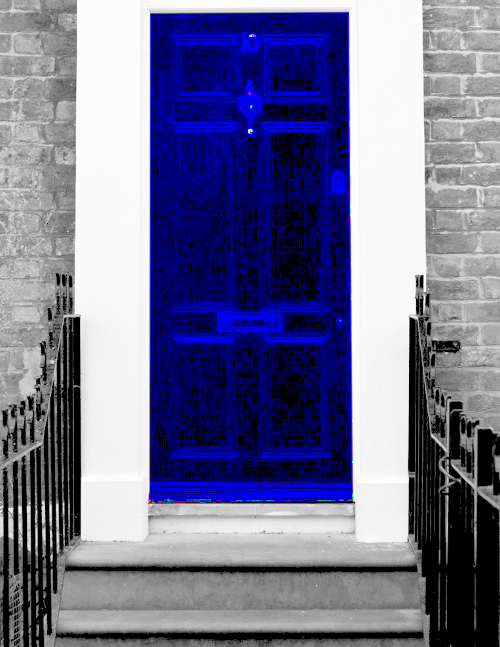Air tightness improves
 CSIRO research has revealed a significant improvement in the air tightness of new Australian homes.
CSIRO research has revealed a significant improvement in the air tightness of new Australian homes.
Houses are now up to 50 per cent more airtight than those tested in 2015, according to the report.
This trend towards better-sealed buildings promises benefits for homeowners, including enhanced comfort, lower energy bills, and improved indoor air quality.
Air tightness refers to the degree to which unintended air movements within a building are minimised.
This is crucial in preventing outdoor air from entering and indoor air from escaping, which can otherwise lead to draughts and increased energy costs.
The research, while still awaiting peer review, highlights both the progress made and the areas needing further attention.
A total of 233 newly built apartments and detached houses in Melbourne, Sydney, Canberra, Brisbane, and Adelaide were tested as part of the study.
The houses tested were not specially designed for air tightness, making the findings representative of typical new builds across these cities.
The study revealed that while new homes have become more airtight, there is still room for improvement.
“Leakages were found in most new homes, mainly from bathroom fans, sliding doors, and poor or missing door seals,” said Michael Ambrose, Senior Experimental Scientist and project lead.
The research used a blower door test to measure the leakage rate and pinpoint where these leakages were occurring.
The study also found that some apartments were “extremely airtight”, which, while beneficial for energy efficiency, could lead to issues like condensation and mould if controlled ventilation is not implemented.
Ambrose stressed the importance of balancing air tightness with adequate ventilation to maintain healthy indoor environments.
To address these issues, the CSIRO's report made several recommendations for the Australian building codes.
These include establishing air tightness standards in the National Construction Code, mandating controlled ventilation in new buildings, especially in apartments, and making air barriers like building wraps mandatory in all new homes.
Additionally, the report suggests providing on-site training and educational resources for builders to help them implement cost-effective solutions that improve building performance.
The study was funded by the Department of Climate Change, Energy, the Environment and Water (DCCEEW), and its findings align closely with the assumptions made by the Nationwide House Energy Rating Scheme (NatHERS), which provides energy efficiency ratings for residential buildings.
“This provides us with strong confidence that NatHERS is accurately predicting air tightness within specified levels,” Ambrose said.
“We see value in displaying air tightness values on NatHERS certificates and noting the impact on the star rating. But overall, our research found that new Australian homes are performing better than ever before.”








 Print
Print